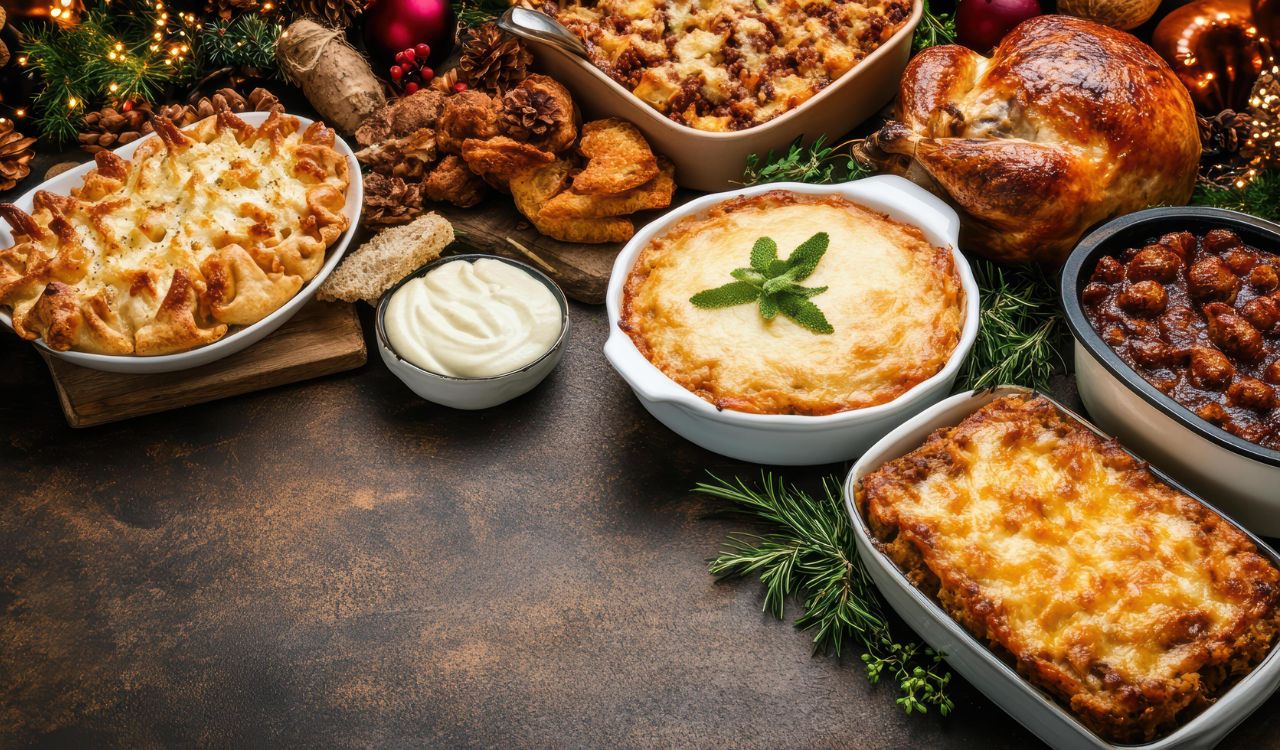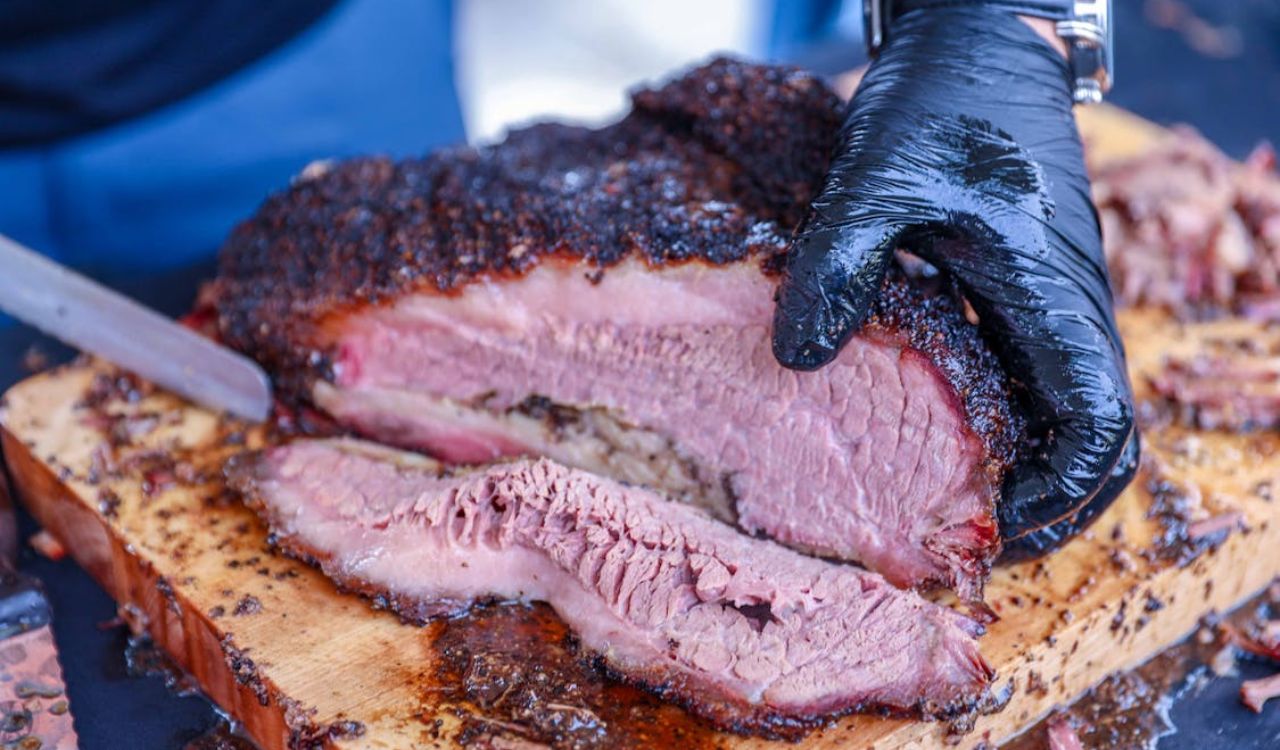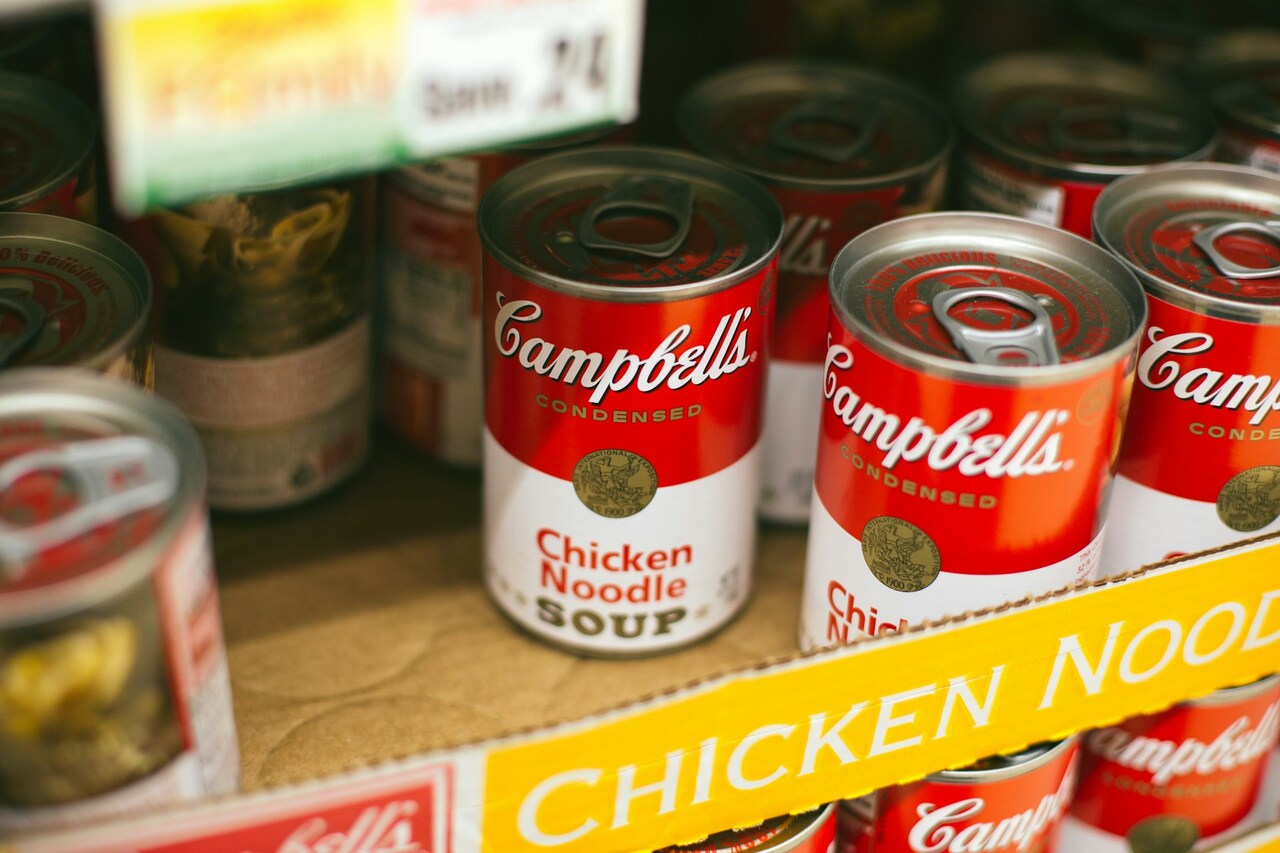10 Secrets Fast Food Workers Say You’ll Never Hear on the Menu
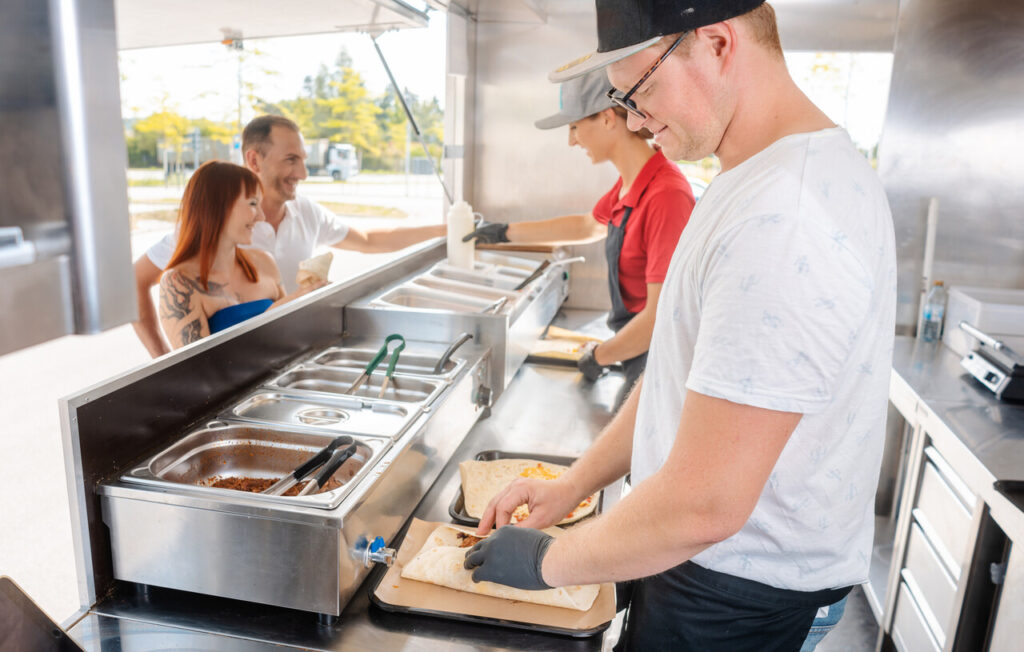
You know the menu by heart, but the real story of your favorite fast food spot lives behind the counter. From hidden prep tricks to questionable “freshness” standards, fast food workers have seen it all. They’re the ones who know which items to skip, what’s actually frozen, and how “custom orders” sometimes play out in the kitchen. These insider secrets aren’t meant to ruin your fries they just show what really goes into making your drive-thru favorites tick.
1. “Freshly Made” Doesn’t Always Mean Fresh
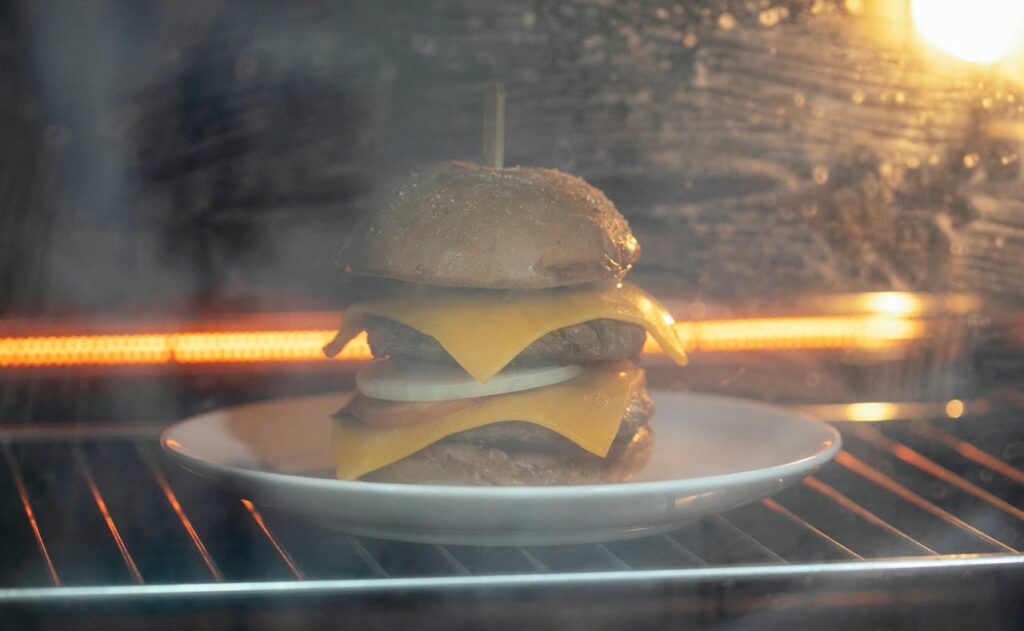
What this really means is that most “fresh” burgers or chicken sandwiches are often pre-cooked hours earlier, then kept warm under heat lamps or in warming drawers until you order. Workers say it’s common for restaurants to refresh items with a quick dip in the fryer or microwave before serving. The food still looks appetizing, but it’s far from hot-off-the-grill. If you want something truly fresh, order during peak meal times when turnover is constant, and the kitchen can’t afford to let food sit around.
2. The Ice Machine Isn’t as Clean as You Think
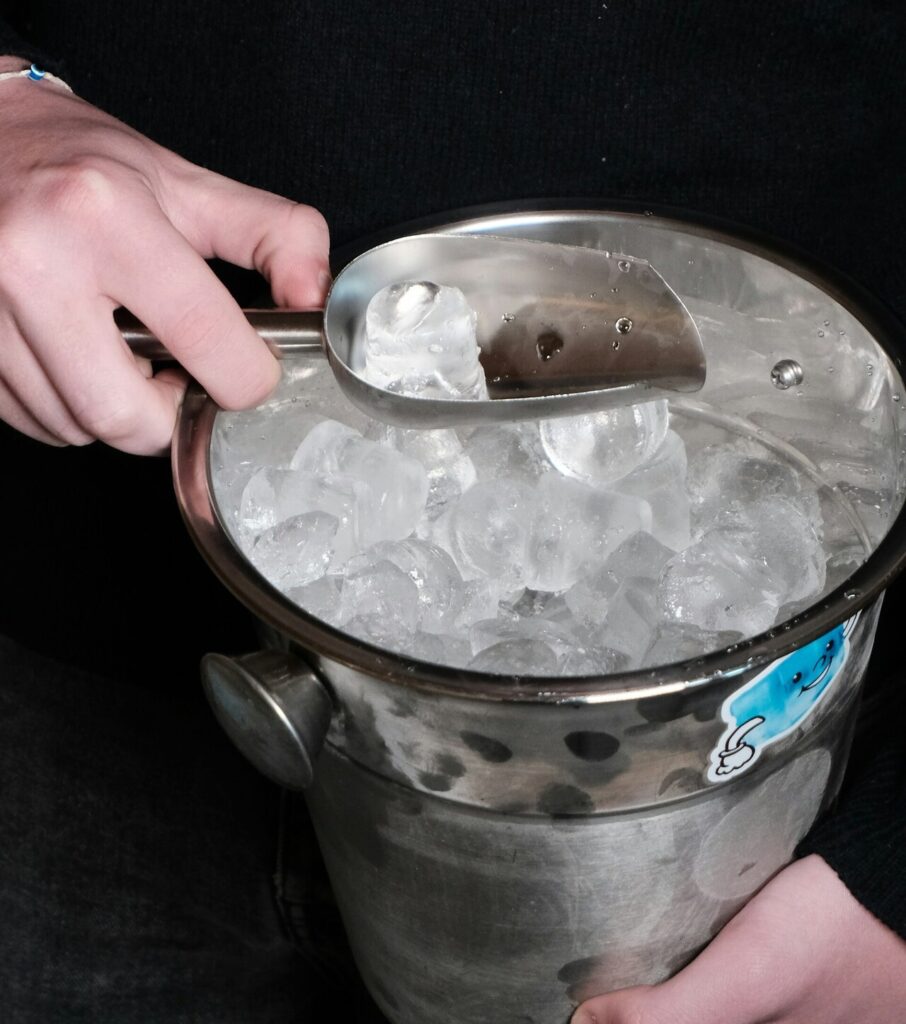
Here’s the thing: those ice machines that seem harmless can be some of the dirtiest spots in the restaurant. Workers often admit they’re rarely cleaned properly because dismantling them takes time, and staff are usually busy. Mold, slime, and bacteria can build up inside, especially if the machine’s in a humid storage area. So when you get a fountain drink full of ice, you might be sipping more than just soda. The simple fix? Skip the ice when possible.
3. Drive-Thru Times Matter More Than Your Order

Fast food chains track drive-thru times like their reputation depends on it and it kind of does. Employees are pushed to keep the line moving fast, sometimes at the cost of accuracy or quality. If your order’s wrong or missing items, it’s often because the timer’s running and the staff’s racing to hit targets. Workers say managers sometimes even mark orders as “complete” before they’re handed out just to stay within the goal time. The pressure behind that headset is real.
4. Secret Menu Items Aren’t Always a Good Idea

Ordering from the so-called “secret menu” might make you feel like an insider, but most employees dread it. Those items usually don’t have a set recipe, which means the staff has to improvise using limited ingredients during rush hours. The result? A messy, inconsistent meal that might not be worth the hype. Workers suggest sticking to regular menu hacks like swapping sauces or adding toppings so you still get a custom meal without throwing the kitchen off balance.
5. The Fry Oil Isn’t Changed as Often as You’d Hope
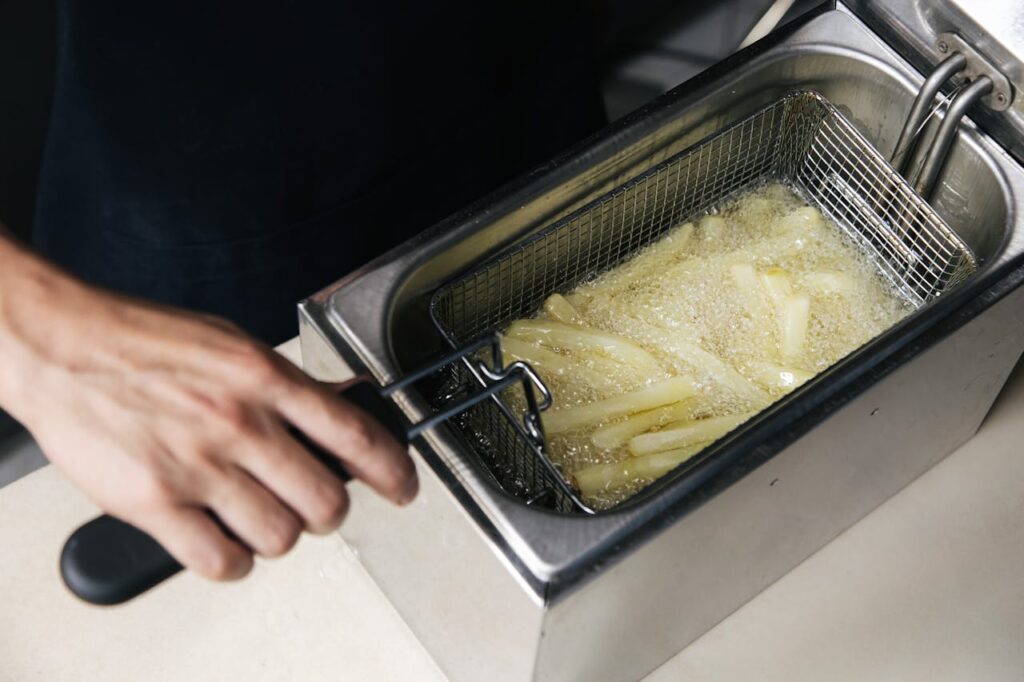
Those golden fries come with a secret: the oil they’re cooked in might be on its last legs. Most places are supposed to change it daily, but during busy weeks, it can stretch far longer. Workers say when the oil starts to darken or smell burnt, it affects everything cooked in it from fries to nuggets. Some restaurants filter the oil instead of replacing it to save time and money. If your fries taste bitter or heavy, you’ve probably caught a bad oil day.
6. Morning Eggs Might Be from Yesterday

Fast food breakfast looks quick and easy, but many morning items aren’t as freshly made as they appear. Workers reveal that scrambled eggs, omelet patties, and burrito fillings are often cooked in batches the day before, stored in the fridge, and reheated for the next shift. The convenience helps with the morning rush, but it means you’re not getting made-to-order eggs unless you’re at a top-tier location. If you’re picky about freshness, order right when breakfast starts.
7. “Grilled” Chicken Isn’t Always Just Chicken
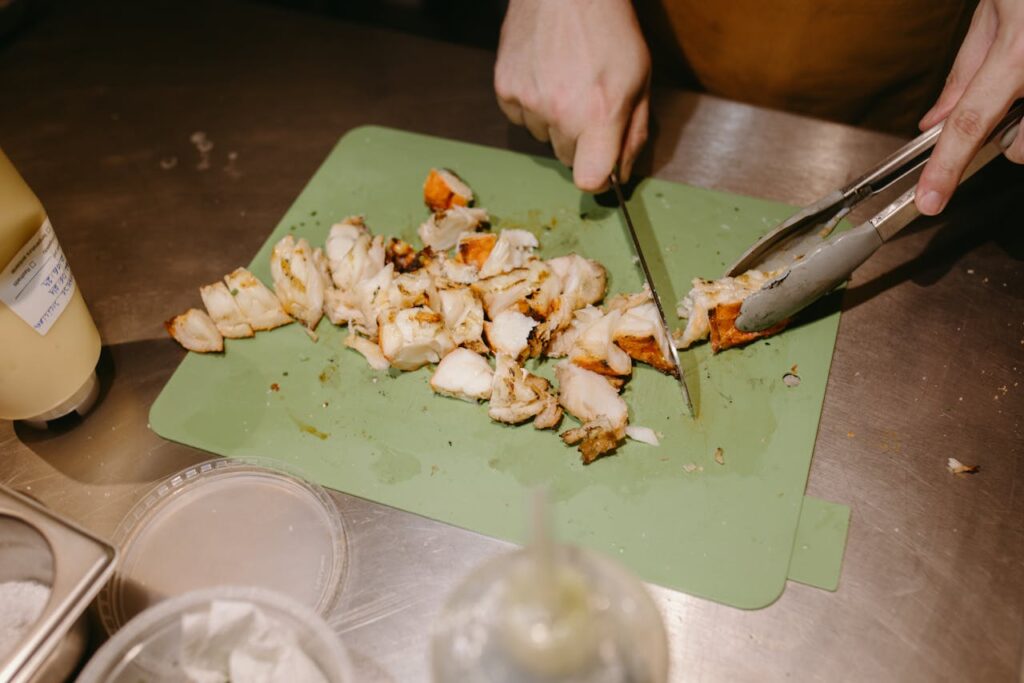
Many fast food chains use pre-cooked or marinated grilled chicken that’s packed with additives to keep it moist and flavorful after reheating. Workers say it’s often microwaved or steamed before serving, not cooked fresh on the grill like ads suggest. The texture can be rubbery, and the taste comes mostly from sodium and seasoning blends. If you’re looking for actual grilled chicken, you might be better off at a sit-down place where it’s cooked to order.
8. Late-Night Orders Are Risky

When you swing by at closing time, you’re not getting the restaurant’s best. Staff often rely on earlier batches, meaning fryer oil may be worn, grills half-cleaned, and ingredients picked over. By then, the focus shifts toward shutting down rather than crafting fresh meals. Corners get trimmed to speed closing, and what’s left can be uneven in taste or texture. If late-night dining is unavoidable, stick to low-effort choices like fries, chips, or a beverage. These are quicker to serve, harder to mishandle, and less likely to suffer from end-of-shift shortcuts.
9. The Soda Mix Can Be Way Off
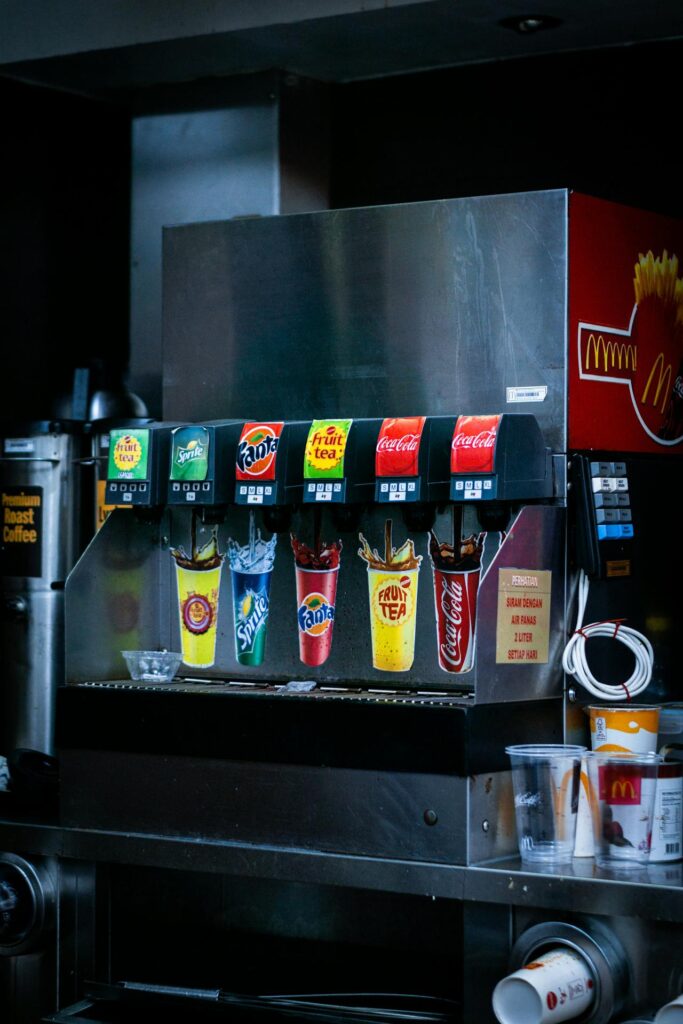
Fast food fountain drinks rely on exact syrup-to-water ratios, but machines can slip out of calibration, throwing the flavor off. The result is sodas that swing between overly sweet and noticeably watered down. Syrup lines often go long stretches without cleaning, adding another layer to the freshness issue. Many seasoned customers skip fountains entirely, opting for bottled beverages or coffee for consistent taste. So if your cola feels off, there’s a good chance the machine, not your palate, is to blame.
10. Employees Know Which Items to Avoid
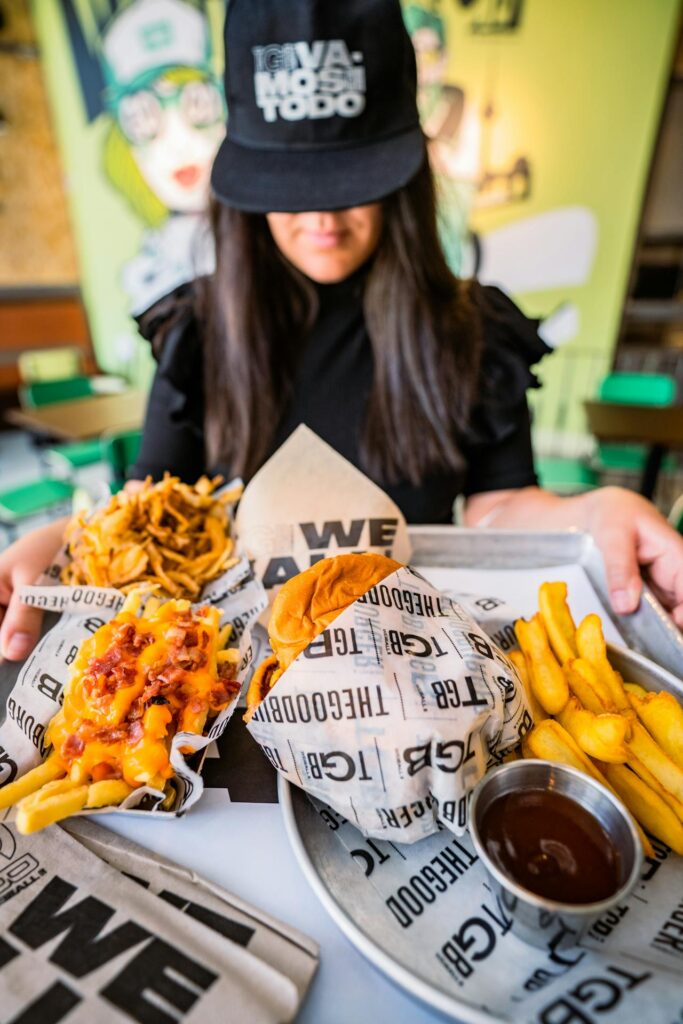
Every worker has that one menu item they’d never touch. Maybe it’s the fish sandwich that lingers in the warmer, the wrap assembled long before your order, or the salad wilting beside the fryer. These options aren’t unsafe they just don’t age well under restaurant conditions. Ingredients lose texture, moisture, and flavor fast when prepped too early. For the best quality, pick what moves quickly: fries, nuggets, or top-selling burgers. Fast turnover almost always means fresher food and fewer off bites.




